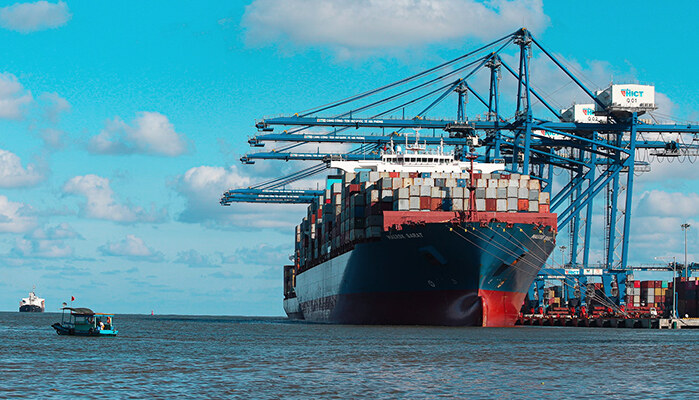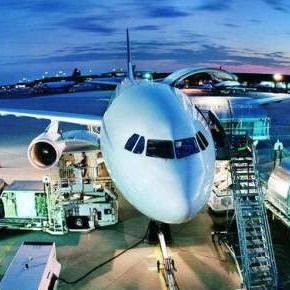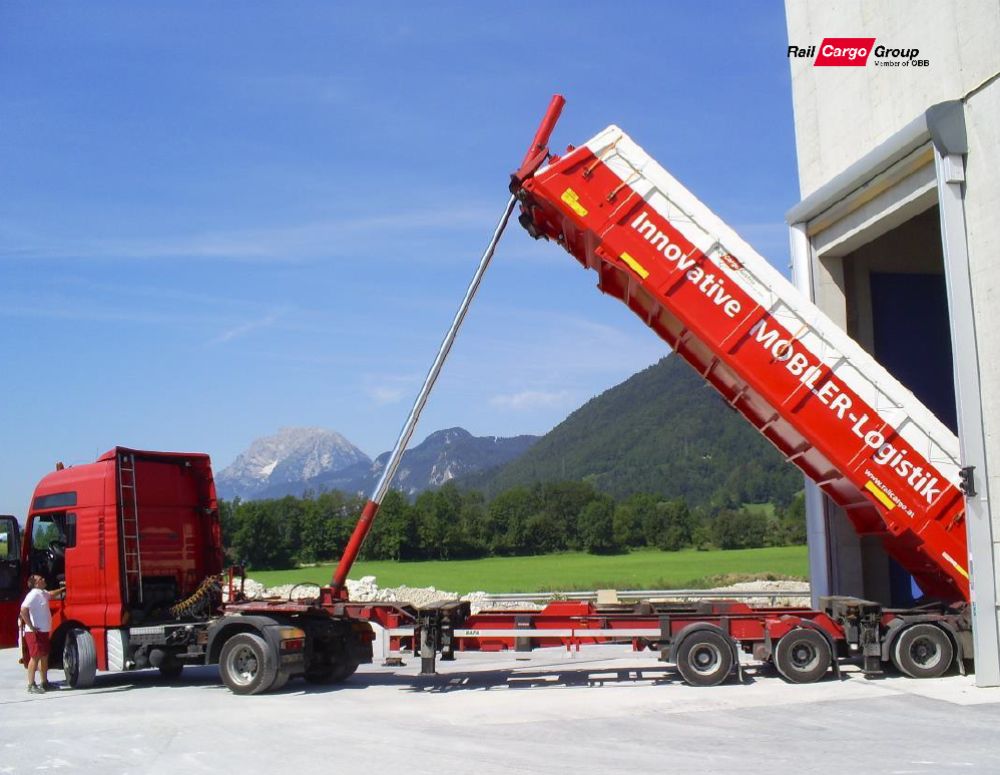Global trade between China and Europe continues to grow rapidly, yet many importers struggle with the complexities of customs clearance China to Europe. Understanding the required procedures, documents, and regulations is vital to ensure goods move smoothly across borders without delays or penalties.
What Is Customs Clearance from China to Europe?
Customs clearance is the process of declaring imported goods to authorities to ensure they comply with all local and international regulations. For shipments between China and Europe, this includes tariff classification, value declaration, and tax or duty payments.
Each European country has specific customs rules, but they all follow the general framework of the European Union’s customs union. Importers must provide precise product descriptions and accurate HS codes to prevent inspection delays.
Which Documents Are Required for Customs Clearance?
Proper documentation is the backbone of efficient customs processing. Missing or inaccurate paperwork can cause costly delays.
| Document Type | Purpose | Key Notes |
|---|---|---|
| Commercial Invoice | Declares product value and buyer/seller info | Must match packing list |
| Packing List | Describes goods and packaging details | Used to verify shipment contents |
| Bill of Lading | Transport contract and proof of shipment | Issued by carrier or forwarder |
| Certificate of Origin | Confirms country of manufacture | May qualify for duty reduction |
| Import License | Allows importation of restricted goods | Required for electronics, chemicals, etc. |
| Customs Declaration | Filed with EU customs system | Must include HS code and value |
Accurately preparing these documents saves both time and money. Moreover, digital submission systems now simplify the process, reducing manual entry errors.
How Are Duties and Taxes Calculated in Europe?
Duties depend on the HS code, product category, and trade agreements. The EU’s TARIC system (Integrated Tariff of the European Communities) helps determine exact rates.
| Goods Type | Typical Duty Rate | VAT Range |
|---|---|---|
| Electronics | 0–4% | 19–23% |
| Textiles | 8–12% | 20% |
| Furniture | 2–6% | 21% |
| Automotive Parts | 3–10% | 19–23% |
For instance, electronic components shipped from Shenzhen to Germany may enjoy reduced duties under the EU–China trade facilitation scheme. Importers should also be aware of de minimis thresholds, below which duties might not apply.
This page is Amazing
Selecting the right transportation method affects customs processing time and cost.
| Mode | Transit Time | Cost Level | Best For |
|---|---|---|---|
| Sea Freight | 30–40 days | Low | Bulk cargo, non-urgent goods |
| Rail Freight | 18–25 days | Medium | Mid-sized loads, balanced speed |
| Air Freight | 5–10 days | High | Urgent or high-value goods |
| Express Courier | 3–7 days | Very High | Small parcels, e-commerce |
Typically, customs clearance is faster for air or express shipments since documentation and screening occur electronically. Conversely, sea freight from Shanghai to Rotterdam requires container inspection at port terminals, sometimes adding 2–3 days.
How to Avoid Delays in Customs Clearance?
Several strategies can significantly reduce the risk of customs delays:
- Classify goods correctly: Use the right HS codes for each product type.
- Verify documentation: Ensure invoices, lists, and declarations are consistent.
- Prepay duties: Pay estimated import taxes in advance to accelerate release.
- Use reliable freight forwarders: Experienced agents simplify customs communication.
- Monitor shipment tracking: Detect potential clearance issues early.
Additionally, importers should maintain transparent communication with customs brokers, as they act as liaisons between carriers and authorities.
Case Studies: Real-World Customs Scenarios
Case Card 1 – Electronics Import to Germany
- Route: Shenzhen → Hamburg
- Cargo: 12 pallets of smart home devices
- Mode: Rail freight (China–Europe Express)
- Cost: $6,500 total
- Time: 21 days
- Outcome: Electronic goods cleared under HS code 8543 with 0% duty and 19% VAT.
Case Card 2 – Furniture Export to France
- Route: Foshan → Le Havre
- Cargo: 1×40HQ container of wooden furniture
- Mode: Sea freight
- Cost: $2,800
- Time: 35 days
- Outcome: Proper CE documentation enabled rapid clearance within 48 hours of arrival.
What Challenges Do Businesses Face During Customs Clearance?
Companies often encounter three main obstacles:
- Complex Tariff Systems: Duty structures differ for each product category.
- Language and Regulation Barriers: Local import rules vary across EU nations.
- Random Inspections: Customs may hold goods for compliance checks.
However, by partnering with experienced customs brokers, importers can ensure accurate documentation and timely release of cargo.
How to Choose the Right Customs Broker or Freight Forwarder?
Choosing an experienced logistics partner simplifies the customs process dramatically. Consider the following when selecting one:
- Proven record of EU customs clearance expertise.
- Digital tracking and document management systems.
- Transparent pricing and proactive updates.
- Partnerships with bonded warehouses across Europe.
Reliable freight forwarders like those with China–EU trade route specialization can coordinate both freight and customs documentation efficiently.
What Are the Future Trends in China–Europe Customs and Logistics?
With digitization and new trade policies, customs processes are evolving rapidly. The EU Customs Data Hub and AI-driven cargo screening promise faster clearance and fewer manual errors. Additionally, the Belt and Road initiative continues expanding rail links, cutting overall lead times.
Sustainability will also shape future logistics. Many European importers now favor carriers using low-emission vessels or intermodal rail options for environmental compliance.
Conclusion
Efficient customs clearance China to Europe requires accurate documentation, correct tariff classification, and dependable logistics coordination. By understanding duty systems, selecting experienced partners, and staying compliant with EU regulations, importers can ensure smooth cross-border trade. To summarize, preparation and transparency are key to avoiding costly disruptions in the international supply chain.
- Consult TJ China Freight Forwarding for the lowest quote. They will provide you with reliable, cost-effective service.
FAQ:
Q1.What is the average customs clearance time in Europe?
Typically, customs clearance takes 1–3 days depending on the country, shipment type, and accuracy of submitted documents.
Q2.How much does customs clearance cost?
Fees range from $50 to $300, depending on complexity, handling type, and customs broker service.
Q3.Can I prepay import duties before shipment?
Yes, most European customs systems allow prepaid duty submission through authorized brokers to speed up the clearance process.
Q4.What happens if documents are incorrect?
Incorrect paperwork may cause inspection delays or fines; ensure HS codes and values match the goods.
Q5.Do I need an EORI number to import to Europe?
Yes, importers must register for an Economic Operator Registration and Identification (EORI) number before clearance.





